Fujifilm X-E2S review - Great photos but can it beat the X-T10?
The Fujifilm X-E2 won lots of praise when I reviewed it two years ago, thanks to its class-leading image quality and outstanding ergonomics. However, I was less enamoured by its relatively slow shot-to-shot times, iffy video quality and high price, at £1,149 with its 18-55mm kit lens.
The X-E2S reviewed here is a minor update to the X-E2. In fact, most of the improvements are available to X-E2 owners via a firmware update. Still, with faster autofocus performance among the improvements and priced at £749 for the same 18-55mm lens kit, it addresses two of my three concerns with its predecessor. Is it enough to compete in 2016? Let’s find out.
Handling and features
Some features date faster than others, and it’ll be quite some time before I tire of Fujifilm’s exposure control system. Rather than a mode dial with program, aperture priority, shutter priority and manual modes, there’s a dedicated dial for shutter speed and a lens ring for aperture on virtually all X Mount lenses. Priority and manual modes are accessed simply by turning the dial or lens ring away from the Auto setting to the desired value. There’s an exposure compensation dial too. ISO speed requires a trip to the Q menu; I’d recommend assigning one of the seven customisable buttons for quicker access.
Face detection comes complete with eye detection and a choice of left-eye or right-eye priority. These options are tucked away in a submenu, though, and enabling them renders the metering, AE Lock and AF Lock buttons inactive. There is some overlap with the roles of these functions but there’s no obvious reason why they should be mutually exclusive. At the very least, the camera could offer an explanation as to why the buttons aren’t responding.
The Auto ISO function is more sophisticated than before. As with the X-E2, there are options to set the lower and upper ISO speed limits, plus the minimum shutter speed. However, the camera ignores this minimum shutter speed and chooses a faster one when it detects a moving subject. It’s a subtle but welcome improvement that significantly reduces the chances of motion blur for moving subjects or when shooting in situations where it’s tricky to hold the camera steady.
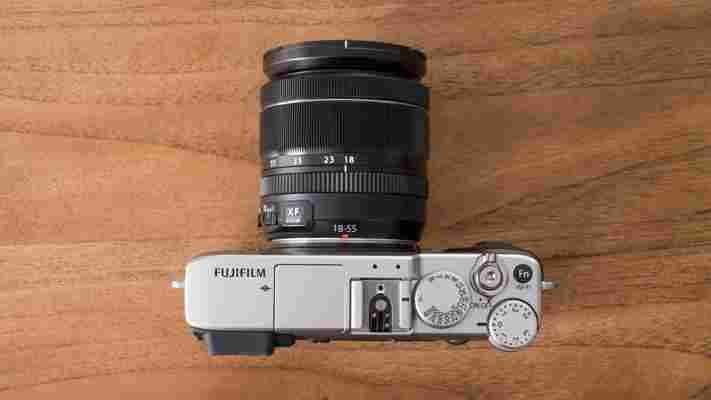
That brings me on to the handgrip, which has been subtly modified in this model. There’s now a more defined ridge to hold onto but the overall shape remains the same. It’s too slim for my liking — a deeper grip would still have been shallower than any lens so it wouldn’t have made the camera noticeably bulkier.
The 3in, 1-million-dot LCD screen and 2.4-million-dot OLED viewfinder are as they were on the X-E2. These are well-specified components but I have some reservations. The viewfinder eyepiece is only a few millimetres proud of the back of the camera but its location on the left edge means that people who favour their right eye have no problem using it comfortably. It’s not so successful for left-eyed people, though. I had to press my nose against the screen to look through the viewfinder. The screen is bright and sharp but I’ve grown accustomed to articulated screens and always struggle with one that isn’t.
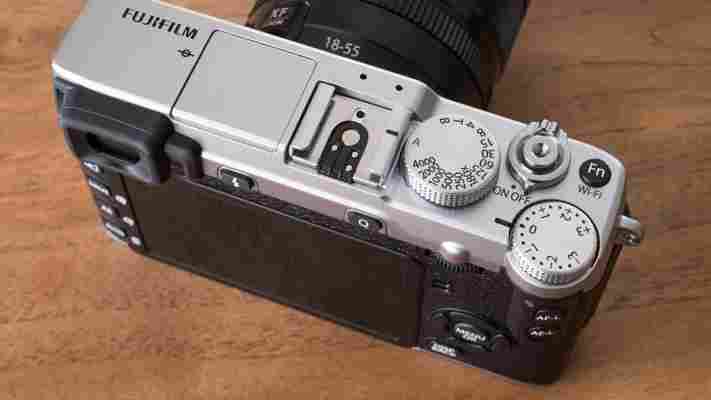
The X-E2 took one second on average from shot to shot in normal use, which isn’t what I’d expect from a premium-priced camera. The X-E2S came in at 0.7 seconds — still slower than the best cameras that come in at around 0.4 seconds but a welcome improvement nonetheless. This appears to be mostly down to faster autofocus times. The X-E2S took around half a second to lock onto a subject for the first time but took around 0.2 seconds to refocus on the same subject during a quick sequence of shots.
Performance in continuous mode was in line with the X-E2, capturing 16 frames at 6.8fps before slowing slightly to 4.1fps. Switching to continuous autofocus, performance varied from 2.5fps to 5.7fps but the camera wasn’t great at refocusing on moving subjects. There’s a new subject tracking autofocus mode that attempts to follow subjects as they move around the frame but it wasn’t fast or reliable enough to inspire much confidence. This remains a weak area for all Fujifilm X-Mount cameras. While the X-E2S’s improvements to autofocus speed are welcome, this isn’t a camera I’d recommend for capturing fast-moving subjects.
Video quality
Video of Fujifilm X-E2S video test
Video is another area where Fujifilm often lags behind the competition. It showed significant improvements on its latest flagship model, the X-Pro2 , but the X-E2S exhibited the same blocky details in its 1080p videos that I’ve seen in previous models. It’s fine for casual use but this isn’t a serious video camera. Continues on Page 2 ...
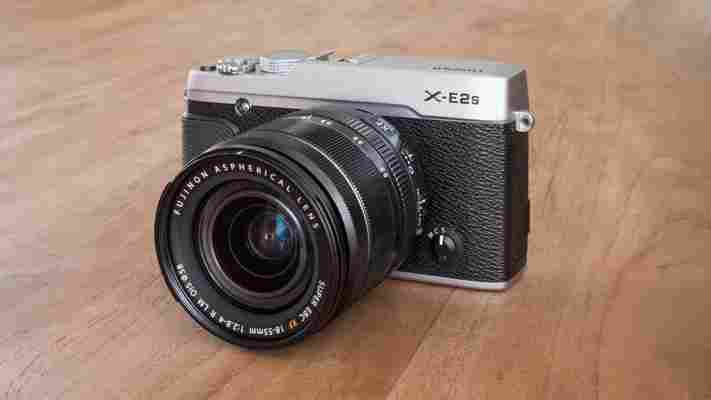

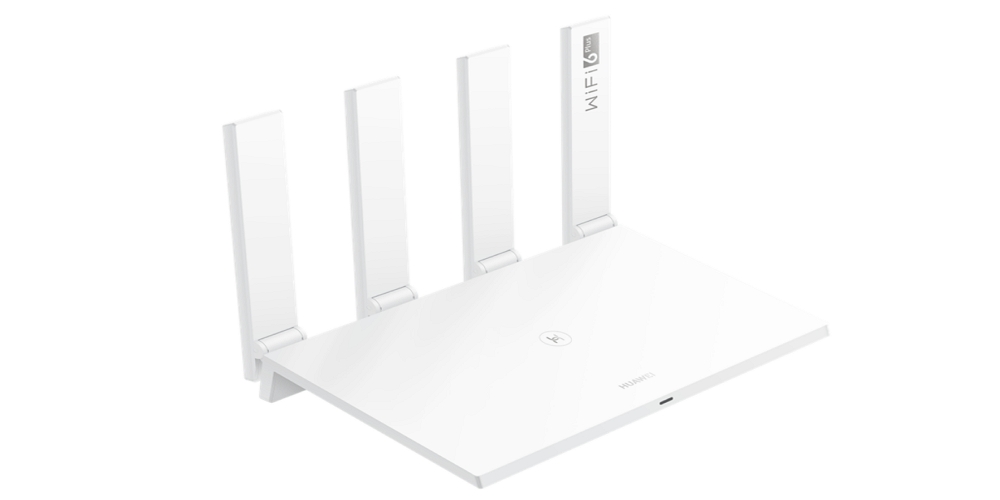

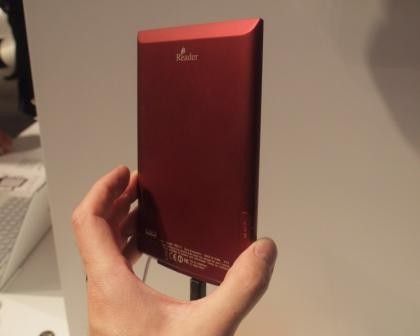
Leave a Comment